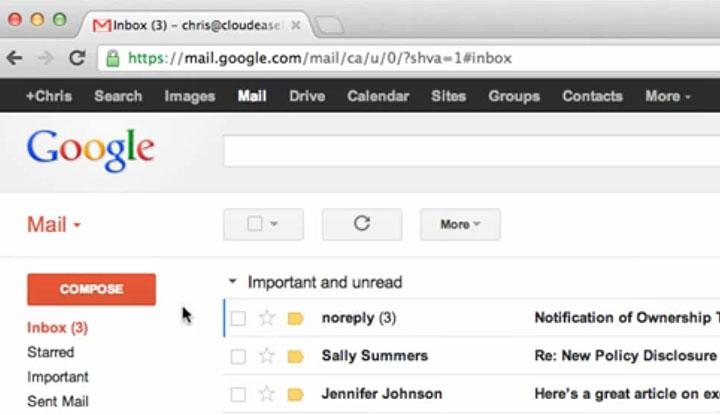Have you communicated with clients via email lately? Of course you have. But the question remains: are your emails effective?
According to Visual.ly, “Email is always supposed to be in its death throes but it’s far from keeling over. It’s one of the last, if not the last, open communications protocol. It’s still the dominant way to exchange files, have short conversations and subscribe to newsletters.”
One of the best ways to improve customer and client relationships is to use email as a platform to better serve customers and reinforce your brand. Email statistics indicate, “35% of email recipients open email based on the subject line alone,” while “35% of business professionals check email on a mobile device,” and “84% of people 18-34 use an email preview pane,” according to content strategist Jay Baer. These statistics alone, reveal insights into how to craft effective emails that yield simplicity and results.
So, we asked thirteen entrepreneurs to share their best tips on how to improve external email communications and here’s what they had to say:
1. Personalize response emails.
“Nothing is worse than for a customer to get a ‘form-letter’ response that doesn’t address their issue and proves that no one actually read the full content of their message. Treat each customer with respect and don’t get frustrated. No matter what you think, the issue the customer is raising is real to them and you need to respond personally.”
– Jennie Smolow, Owner of JustPoppin.com, @JustPoppin
2. Lead the conversation with simplicity.
“State your empathy and understanding of their problem first. Next, outline what you think the customer expects from the email and express your own expectations. Then offer a resolution, detailing the steps that must be taken and where to find additional information. Most importantly, provide a super simple way for the client to follow up.”
– Daniel James Scott, Founder of Alorum, @sparkcatalyst
3. Avoid industry jargon.
“Don’t use industry jargon that will go over clients’ heads. Understand their wants and needs. Then understand the problem(s) they have and explain how you’ll solve it in layman’s terms. Also, write email subject lines that clients will understand and open.”
– Amandah Blackwell, Content Writer and Speaker of Savvy-Writer.com, @savvy_writer
4. Tailor emails to your client’s communication style.
“If you know your client typically responds best to short and to-the-point information, be concise and very clear in your call to action, if there is one. On the other hand, if the client usually needs a lot of information in order to make decisions, take the opportunity to fully explain and over-communicate your recommendations, as well as their options.”
– Noelle Anderson, President at True Blue Communications, @TrueBlueComm
5. Improve email readability.
“Use just one space between sentences, and add negative space (a blank line) in between paragraphs. You’ll see a big improvement in readability. Bold items that require the recipient’s action, and italicize points you want to highlight.”
– Giselle Cheung, Co-Owner of Doteable, @doteable
6. Get to the point, quickly.
“Your point should be made early and be interesting enough that a client browsing their iPhone can quickly decide, ‘I better read this!’ Too many emails contain so much preamble and puffery that it is impossible to find the call of action. That said, some recipients may want more detail so always try and provide ‘more details below’ for those who want it.”
– Chris Brusznicki, CEO and Co-Founder of GamedayHousing.com, @gamedayhousing
© YFS Magazine. All Rights Reserved. Copying prohibited. All material is protected by U.S. and international copyright laws. Unauthorized reproduction or distribution of this material is prohibited. Sharing of this material under Attribution-NonCommercial-NoDerivatives 4.0 International terms, listed here, is permitted.

We eat, sleep and breathe entrepreneurship. We're behind YFS Magazine's fresh content -- one of the largest independent small business news sites. Young, Fabulous & Self-Employed has quickly become the definitive digital resource for startup, small business news and entrepreneurial culture. Join us on Twitter @yfsmagazine and Facebook.
Show More






